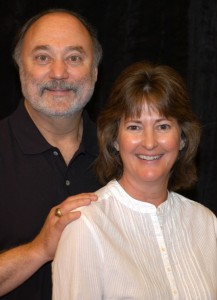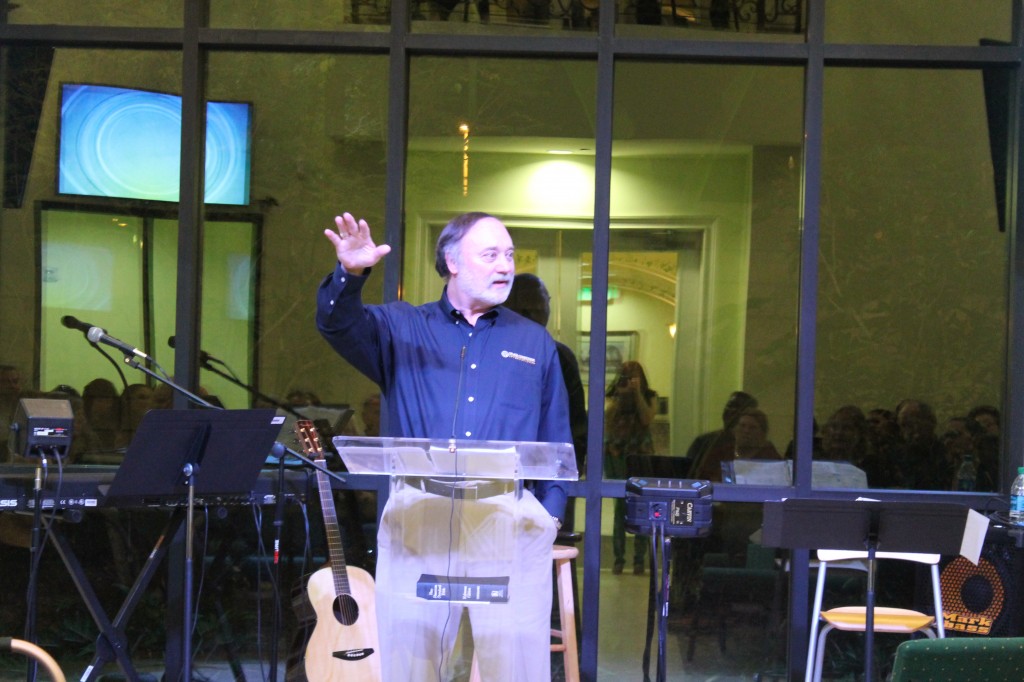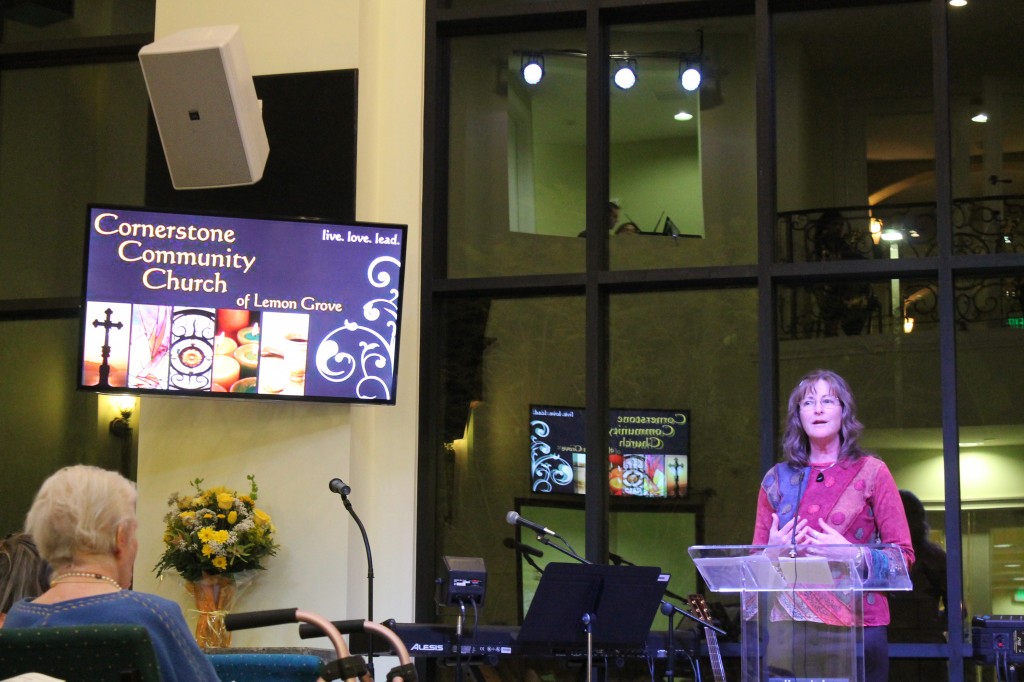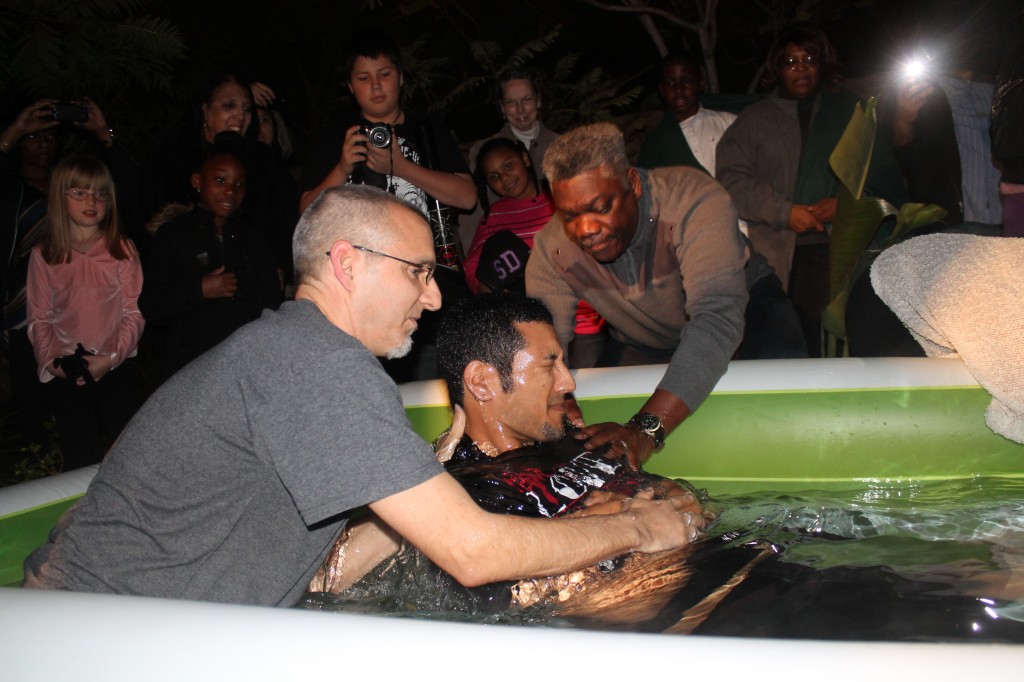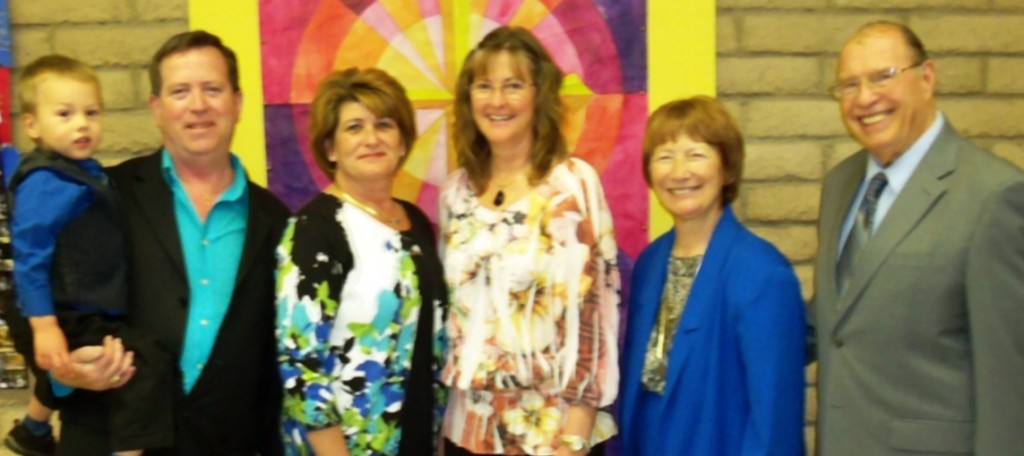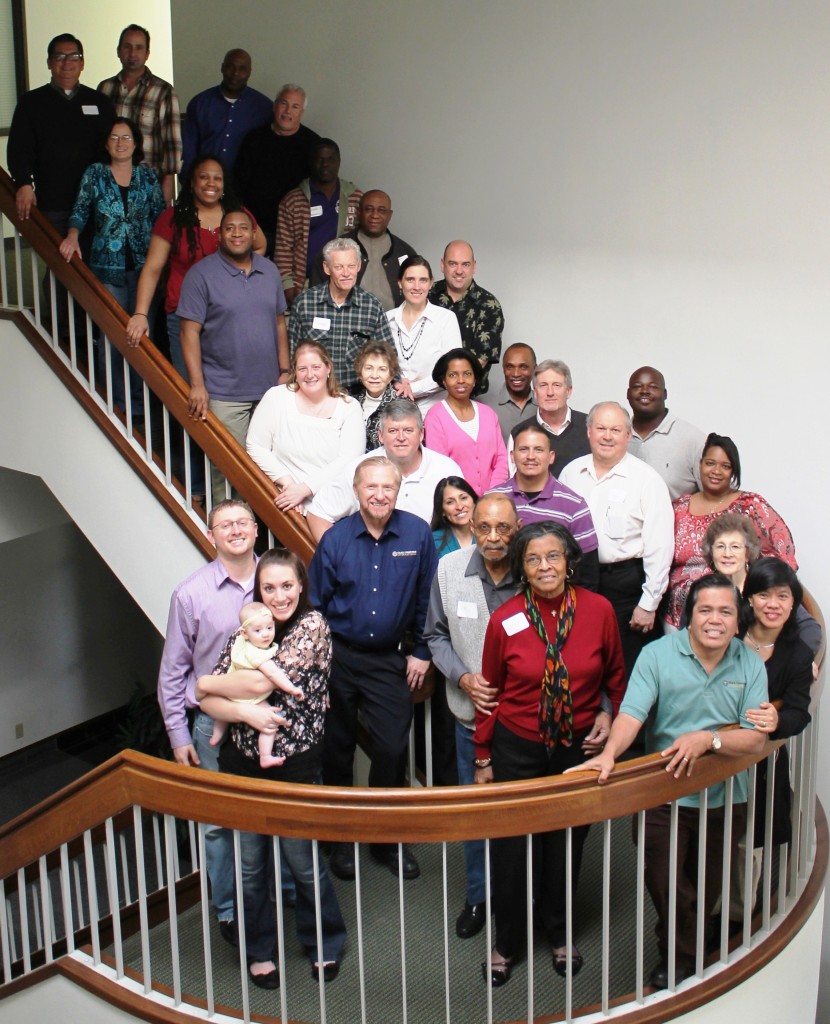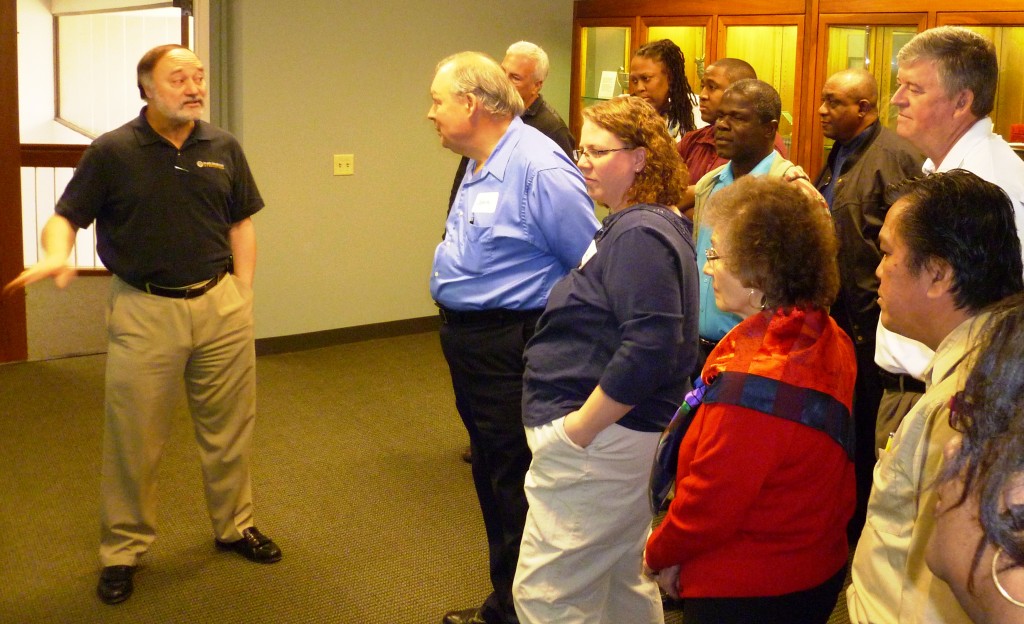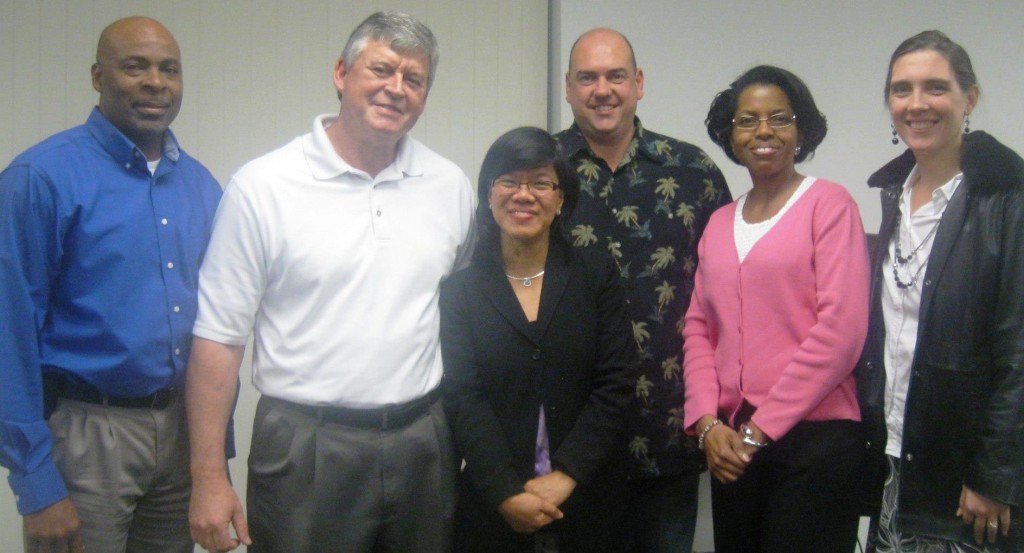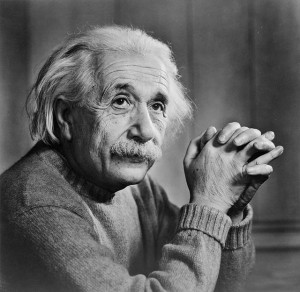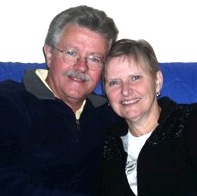
Larry Wooldridge, who pastors GCI churches in Meriden and Stratford, Connecticut, was born in Buena Vista, Georgia, a farming community of about 1500 people. “It was very much an ‘Andy of Mayberry’ type existence. Our town was built around a square with the courthouse, which looked like an old antebellum home, at the center. Family-owned businesses surrounded it. There were mercantile stores that were a combination of food and clothing, a barber shop, two pharmacies, movie theater, bank, drycleaners, law office, three hardware stores, a furniture store, two car dealerships and a cotton gin. A couple of churches were just down the street.”
Larry’s dad was a pharmacist and Larry worked in his store after school and during the summer. “I loved horses and owned several growing up. When I had the chance I would ride, sometimes for hours, over the fields and valleys in the countryside. My parents never worried about where I was. They knew I’d always be home in time for supper. One thing that comes to mind when I look back is how safe it was. Everybody knew everyone and we looked after each other. Many people left the doors of their homes unlocked and keys in their car. I look back on those days with fondness and appreciation.”
It wasn’t all work and horseback riding for Larry; he became interested in the Bible and the “fascinating news concerning Christ” as a young child. “I’ve always been interested in history and the historical record of Israel, and Jesus was a strong attraction for me. When I first discovered what Jesus said in John 5:39, that the Scriptures are a testimony of him, the Bible became even more fascinating to me. To this day, over 50 years later, I have never tired of reading the testimony of Jesus in the Old Testament scriptures.”
Larry began listening to the World Tomorrow program and eventually applied for Ambassador College. He was accepted and attended in Big Sandy, Texas, where he met his future wife, Joan Mulley. “We married in August, 1972 and eventually moved to New England where she was from. I love this area and have had a long relationship with the churches here, even after her death in 1992. I stayed in this area because of its natural beauty and my love for the brothers and sisters in Christ I know here.”
Larry has been married to Connie for 15 years. “We met while she was working at GCI’s headquarters after the death of her husband. My first wife, Joan, had died in 1992 from breast cancer. Joan and I had two children together, Kathryn and Lester. Connie has one daughter, Janelle. Together, Connie and I have three grandchildren, Crystal, Derek and Madison.
While attending Ambassador College, Larry was asked to accompany pastors on local church visits. “I also began to speak in area churches, my senior year. Toward graduation, I was told the church wanted to hire me to go out into the ‘field’ to serve fulltime as a ministerial assistant. That was over 41 years ago. I was ordained on Pentecost 1973.”
That wasn’t the only event Larry celebrated that day. “My daughter, Kathryn, was born on the day I was ordained into the ministry. Both were a surprise. Kathryn had to be born at home in the evening and the next day was our Pentecost service. I asked the pastor if I could stay home with Joan, but he wouldn’t let me. His mother-in-law stayed with Joan instead and I had to go to church. I didn’t understand until being surprised with ordination. It was a whirlwind day!”
When asked what he enjoys most about being a pastor, Larry shared that his passion is seeing people grow in Christ. “I love the people whom I am privileged to serve. It’s a wonderful experience to see them embrace Jesus and let him work in their lives. I’ve seen them in their good times and their bad. I’ve baptized many of them, officiated marriages, buried their loved ones, been with them at the moment of death, celebrated with them their successes and shared in their sorrows. I just love to see people prosper spiritually and physically. My personal mission is to help them along the way.”
Larry loves to study the Bible and preach, but he considers himself more of a teacher than preacher. “I look at our worship service as a ‘meal out’ for the members. They’ve been ‘eating’ at home all week. Sunday worship is a time to go out, have a good meal and enjoy fellowship. I have two congregations that have a solid foundation on Jesus Christ. They expect to be ‘served’ Jesus when they come. He is the only thing, the manna, which keeps us going in the spiritual wilderness of this world.”
Connie is also involved in the ministry. Larry said, “She helps me and the congregation in three important ways. First, she manages my appointment calendar, making sure I know what’s coming and preparing for it. Second she coordinates the visiting, making sure people are not overlooked, or making sure a need is met. And third she is great in giving me advice and feedback. She helps me keep an ‘ear’ to the church, which helps with sermon ideas and needs.”
What does Larry love most about GCI? “The wonderful truth, the good news of Jesus, which is the gospel we proclaim. I’ve never been refreshed so much as when we, as a denomination, gained our sure footing on Jesus. We’ve a story to share with the nations, and that story is Jesus.”
Larry said he owes a lot to his good friend and mentor John Adams, who pastored in New Jersey until his recent retirement. “John became a friend over the years and we helped each other through some difficult times. We got together often to laugh, talk theology, scripture and how best to serve our churches and each other. We had a lot in common. I’ve never had a physical brother, but John became one to me. I couldn’t speak more highly of him. He is a dedicated servant of Christ.
When asked when he feels closest to God, Larry replied: “It’s becoming all of the time, but especially when I am ‘facing’ him and not ‘turning away’ from him. By ‘facing’ I mean personal/church prayer time, singing hymns, Bible study/reflection and meaningful fellowship with like-minded believers.”


